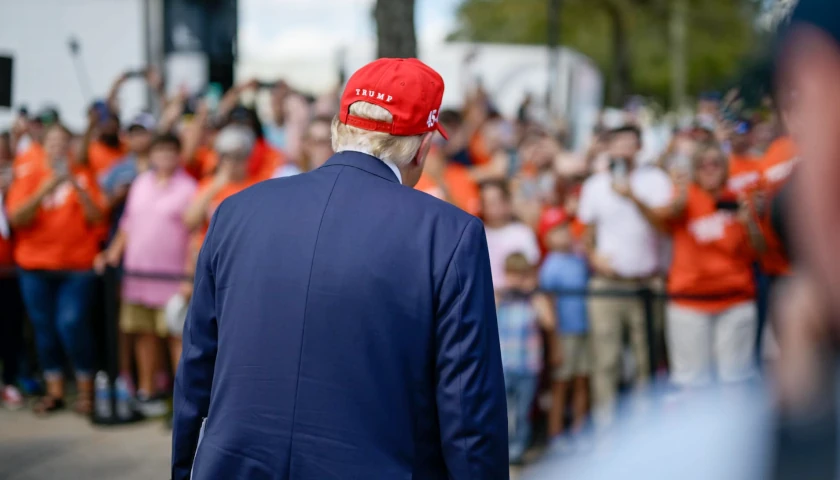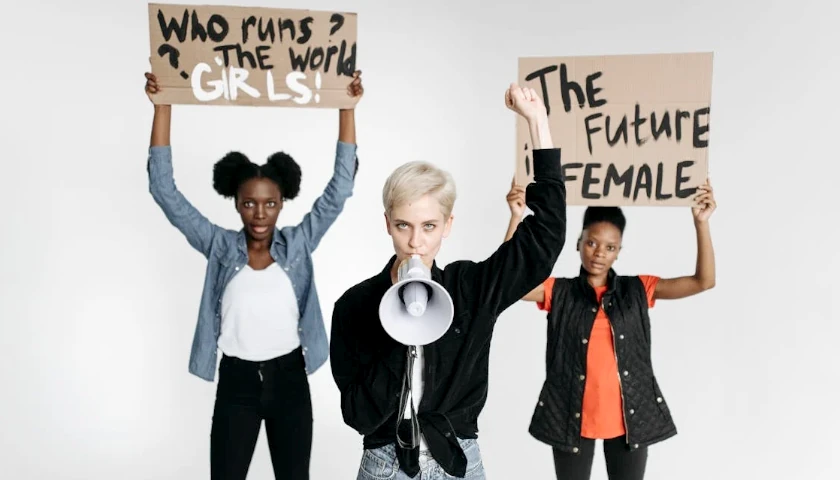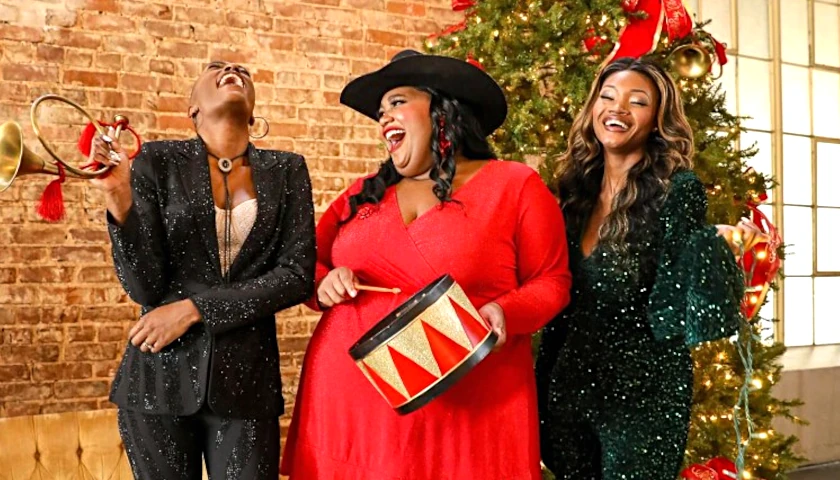by Manzanita Miller
One of the largest takeaways from Trump’s unexpected success in 2016 – and the inability of pollsters to accurately predict the support he earned in both 2016 and 2020 – is that Trump has continuously appealed to Americans who are less politically engaged.
Adding to the issue, is that Americans with lower political engagement are also generally harder to recruit into political surveys to share their opinions. We see this theme repeatedly, with low propensity voters, especially first-time voters, being much more likely to support Trump than highly active voters. At the same time, lower frequency voters are much harder to reach in polls before election day.
What is interesting, is that most Americans are not highly active voters. In fact, analysis from the New York Times this spring before Biden dropped out of the race showed that if all eligible Americans voted, Trump would benefit. In other words, if “democracy worked”, and all eligible Americans with opinions about the direction of the country participated, they would elect Trump.
Of course, being popular among those who don’t often vote can be a double-edged sword – if conservative-leaning Americans sit out this election too, then their ideological support isn’t going to translate to political power.
However, Trump leads among those who only vote in presidential elections and skip primaries and midterm elections. The reality is that low propensity voters coming out in vast numbers for Trump is a key reason why pollsters simply could not gauge how deep his support went in previous elections. And we are seeing similar signs and signals of first-time and low propensity voter support for Trump again this year.
According to the New York Times’ detailed analysis of active versus infrequent voters from this spring before Kamala Harris became the nominee, while Biden led among highly engaged voters, Trump led among Americans who vote infrequently.
Biden led among highly active voters who participated in the primaries by five points, 49 percent to 44 percent.
However, among Americans who haven’t voted since 2020, Trump led by two points, 44 percent to 42 percent. And among Americans with no history of participation at all, Trump leads by 14 points, 49 percent to 35 percent. Because there are many more Americans who are infrequent votes than there are who are highly active, it is Trump, not his opponent, who would benefit the most from an influx of infrequent voters.
That is why the New York Times concluded in their analysis, “In a reversal of one of the most familiar patterns in American politics, it appears that Donald J. Trump, not President Biden, would stand to gain if everyone in the country turned out and voted.” What the Times went on to add is that in the past, it has been Democrats who most benefited from low-engagement voters, with former President Barack Obama drawing vast support from young and minority voters who didn’t usually vote.
This is no longer the case. As Democrats have abandoned the middle class, low engagement voters have become increasingly disengaged from Democrats specifically, and now Trump is the beneficiary of adding these voters into the voter pool. We have seen this illustrated in Trump’s increases with minority voters and young men, groups that tend to lag behind in political participation but are becoming more Trump-friendly.
As a small but illustrative example, Lancaster County in Pennsylvania is seeing an uptick in Trump support in the Amish community – a generally insular group that rarely participates in elections. Conservative groups are working to get hundreds of first-time Amish voters registered in the weeks before the election, and most appear to plan to vote for Trump.
Steven Nolt, a professor of history and Anabaptist studies at Elizabethtown College who studies Amish voting patterns, told The Times UK that he believes more Amish will vote this year, and that Amish generally vote overwhelmingly Republican when they do vote. “Anecdotally, I have no doubt that more Amish folks will vote this year than have in the past”, Nolt said. “The outreach to them is the strongest it’s been for years and that has an effect. Amish vote overwhelmingly Republican, so there may be a few thousand more votes for Trump there.”
In a state that Biden won with less than 80,000 votes, if a sizeable share of the 90,000 or so Amish end up voting for Trump, first-time Amish voters could play a crucial role in Pennsylvania.
The uptick in first-time Amish voters may be a Pennsylvania-specific example, but it speaks to Trump’s support among Americans who generally avoid politics. From another lens, who believes that Amish are answering CNN’s polls to share their vote intention for November? Amish are both less traditionally engaged in politics and more likely to lend their support to Trump when they do engage. And it is other voters like them who are also more likely to support Trump, even if they do so quietly and at the ballot box.
– – –
Manzanita Miller is the senior political analyst at Americans for Limited Government Foundation.
Photo “Donald Trump” by Dan Scavino Jr.




